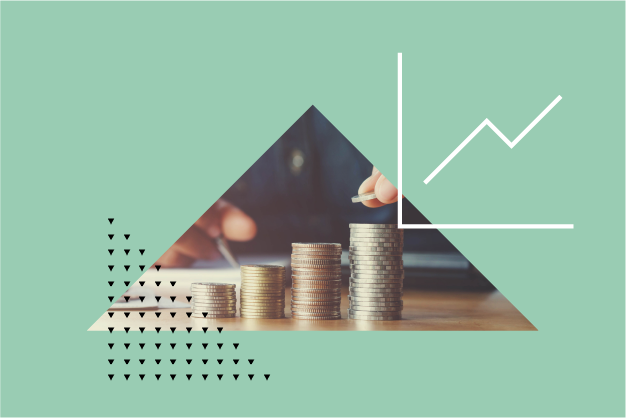
High-yield bonds carry a stigma because of the ‘junk’ moniker attached to them. Back in the 1980s these so-called ‘junk bonds’ competed against investment grade bonds which, in those halcyon days, still delivered 10% and 12% yields.
Not anymore.
“Over the past 30 years, the average high-yield debt fund has dropped more than 2% in a given month on 31 occasions. Over the same period, the average short U.S.-debt fund lost as much on only one occasion,” recalls Derek Horstmeyer, associate professor of finance at the George Mason University Business School. Horstmeyer recently looked into high yeld bonds.
High yield bonds are bonds issued by smaller, in some cases riskier, companies. These bonds are issued by non-investment grade issuers, those rated BB High and lower by DBRS Morningstar.
The Risky Hunt for Yield
Today’s near-zero interest rates have prompted many investors to “go deeper into risky areas of the debt market in search of yield,” notes Horstmeyer. The thing is, when you look for riskier and riskier assets in which to invest for income, the products look less like debt, and more like equity.
“The returns of high yield bonds don’t really resemble debt at all in a lot of ways, and actually look a lot more like equity,” Horstmeyer points out.
The relatively low correlation of high yield bonds to stocks is manifest in events like the 2000 dot-com bubble drop during which HYBs remained unscathed. However, in the 2008-09 crisis, high yield bond funds lost 25%, including a drop of 15% in the month of October alone.
At the same time, these bonds are quite different from stocks in their behavior, thanks to a correlation of only .62 between HYBs and the S&P, and a Sharpe ratio of .66 for the first and .40 for the second (a higher Sharpe ratio indicates a higher reward for the risk taken).
Bonds That Act Like Stocks
On the other hand, high yield bonds don’t usually fall as deeply as stocks. The COVID crisis of March eloquently illustrates this relation: “While stocks went down by 35%, high yield bonds fell by about 20%,” notes David Stonehouse, fixed income portfolio manager at AGF Management.
Since 1990, the average annual return on high yield bonds has been 7.1%, compared to 7.8% for the S&P 500. That’s a spread of only 70 basis points. Stocks have twice the volatility of these bonds: 14.5% versus 7.7%. The bonds are more sensitive to interest rate changes and credit events than stocks, however “they are more resistant to a rise in rates” than regular bonds, Stonehouse adds.
He highlights a key differentiator of high yield bonds compared to stocks: “We’re very focused on the fundamentals of a company and its financial prospects, because we want to be sure that it can service its debt and that we’ll get back our money. Also, as debt holders, we have a higher priority claim on cash flow than equity holders. That makes us very focused on downside protection, a big attribute in favor.”
How to Pick a Winner
As for stocks, the key with high yield bonds holds in picking the right issues. Stonehouse indicates two winning strategies investors apply. The most profitable finds opportunities when recessions set in. People start worrying about bankruptcy and insolvency, and sell off. The good investor who has done his homework finds bargain issues of companies he’s confident will make it through the recession.
Another classic opportunity lies in “fallen angels”, issues that have just lost their investment grade rating and that institutional funds are forbidden by law to hold. In a forced selling, they can sell at too low a price and the astute investor can pick up very good issues at a discount.
Who Wants to Invest in Junk?
“For the adventurous investor with a long investing time horizon, high-yield debt might be a good addition to the portfolio. But for those investors who are seeking safety and low volatility, and can’t take the massive, if temporary, hits to their wealth, this may be an asset class to skip,” Horstmeyer says.
Are You Getting the Right Returns?
Get Our Free Equity Indexes to Benchmark Your Portfolio Here








:quality(80)/cloudfront-us-east-1.images.arcpublishing.com/morningstar/VYKWT2BHIZFVLEWUKAUIBGNAH4.jpg)











